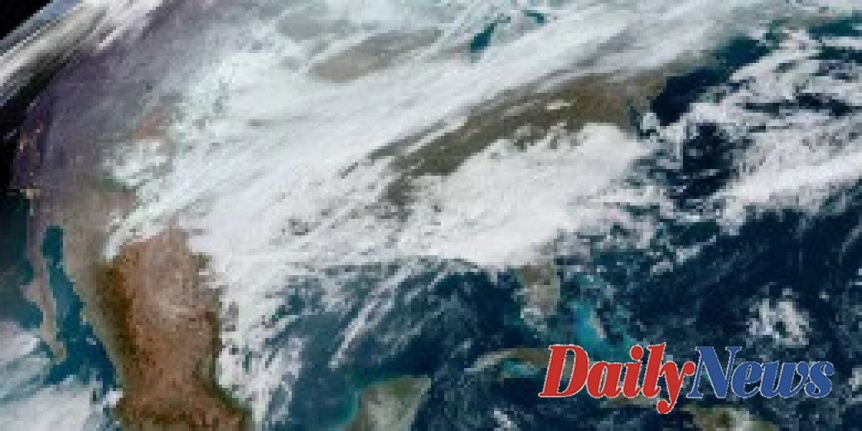Tens of millions of Americans woken up Friday morning under a weather alert for winter, wind, or floods in anticipation of the huge March storm.
A snowstorm was forecast to blanket the region from upstate New York to extreme northern Texas over Friday. Some cities that were prepared for wintry precipitation include Cleveland, Memphis, Tennessee, and Buffalo, New York.
Many locations along the Gulf Coast, Southeast, and Florida experienced torrential rains Friday morning. The heavy rains are expected to continue throughout the day.
For parts of northern Florida where flash flooding risk was greatest, rainfalls of up to 6 inches were possible.
On Friday night, severe storms will be threatening parts of the Southeast Coast and Gulf Coast. The most dangerous threat will be winds of up to 75 mph, followed by some tornadoes. Storms will continue throughout the night so there is concern about nocturnal tornades, which can be twice as dangerous as their daytime counterparts.
The following cities should be on alert for severe storms: Mobile, Alabama, Tallahassee, Jacksonville, Florida, Savannah, Georgia.
The severe thunderstorms that swept across Florida and North Carolina on Saturday morning will continue until noon, before moving off to the Atlantic coast.
The storm system, which is moving up the coast, will also be intensifying rapidly. It will bring rain, snow, and wind from the Appalachians, Mid-Atlantic, up to New England.
The I-95 corridor will be flooded on Saturday morning. It will then turn to rain by mid-morning. Snow is likely to end later in the day.
You can expect a slushy layer to several inches of snow in the corridor, even in New York and Washington, D.C.
In the interior Northeast, snow accumulations up to 6-12 inches and locally as high as 14 inches are possible.
All precipitation will have left the Atlantic coast by Sunday morning, but there will still be strong winds and bitterly cold wind chills.
It can be difficult to predict March snowstorms in terms of snow accumulations. However, a strong spring sun angle may help reduce snowfalls. These factors, along with the fact that snow can stick to the ground immediately after it has fallen during daylight hours, are important.
The arctic front will bring with it extremely cold air. This storm is expected to experience heavy precipitation, with snowfall rates up to 2 to 3 inches an hour. These factors could be sufficient to overcome the limitations of sunlight angle and warm ground temperatures to cause significant snowfall accumulations.
The storm's most significant impact will likely be its widespread, strong wind gusts of 40-50 MPH from the Southeast to New England. This will cause blowing snow and occasional power outages.
The storm's aftermath will bring down temperatures and could lead to a flash freeze in the Northeast.
Temperatures could plummet to below freezing as the arctic front roars through the region Saturday mid-day. Any precipitation that falls on the roads will freeze immediately, creating dangerous conditions and dangerous travel.
New England will experience bitterly cold winds Sunday morning, but temperatures will rebound Sunday afternoon and into next week.












